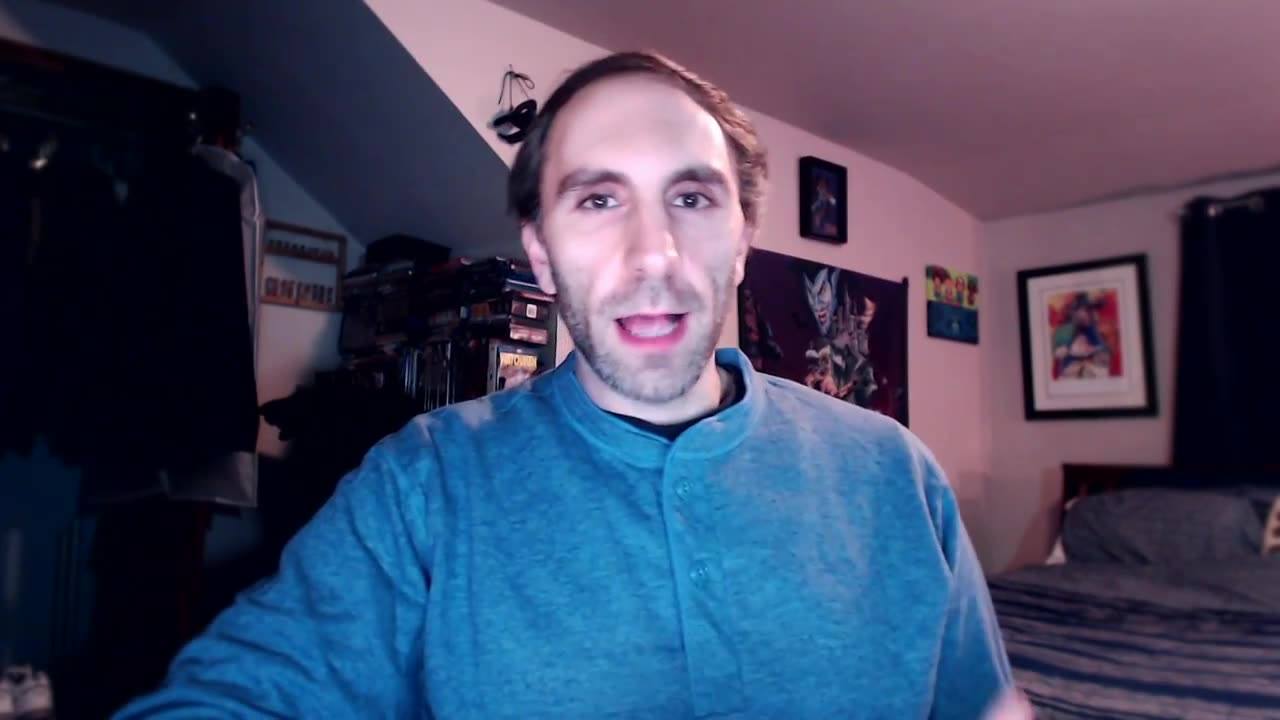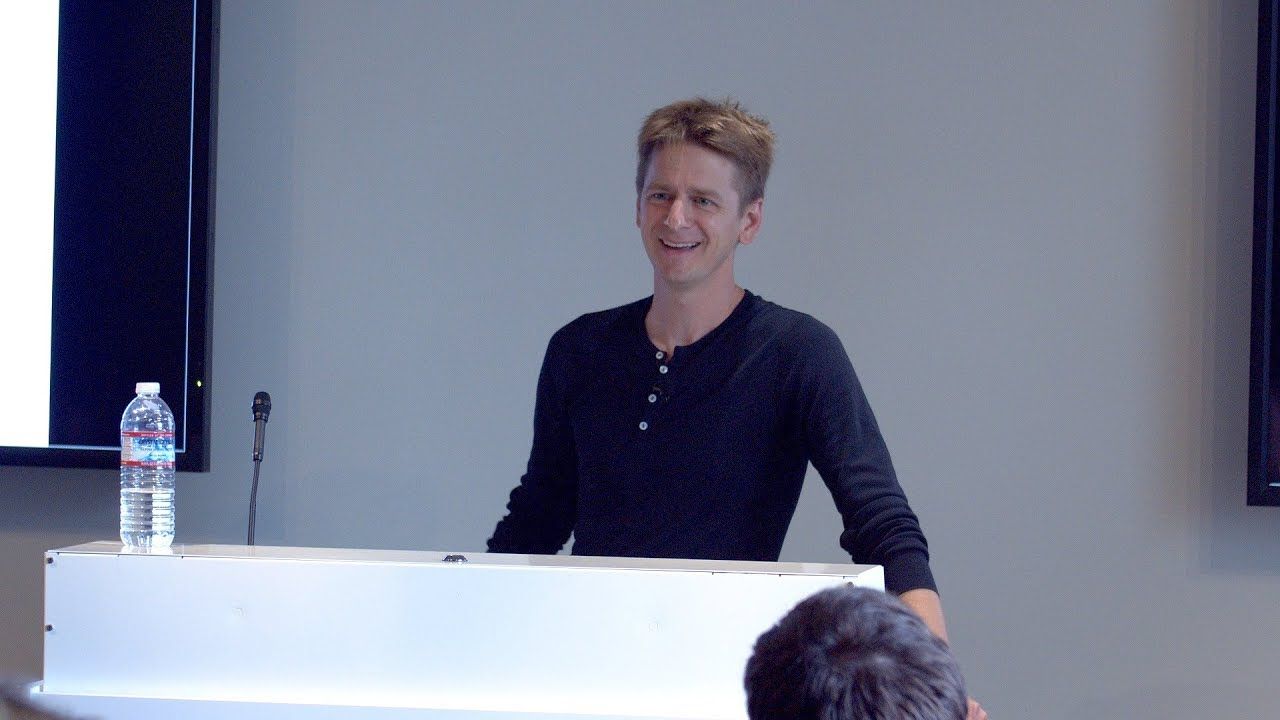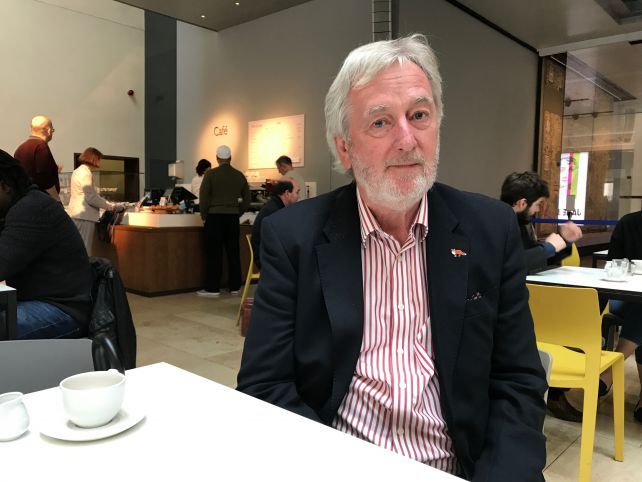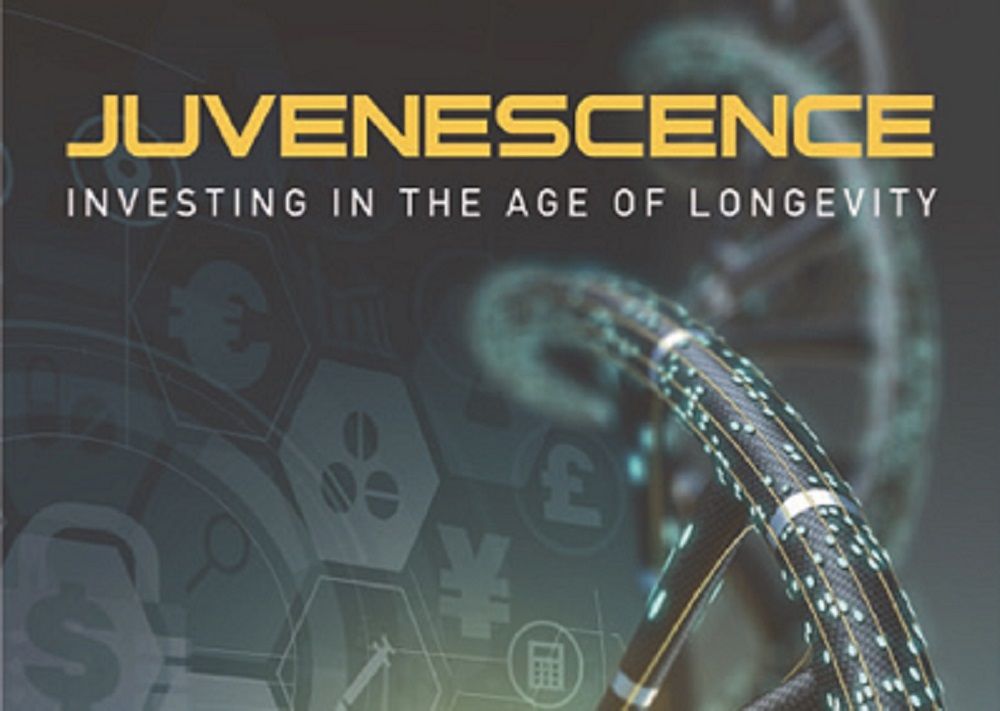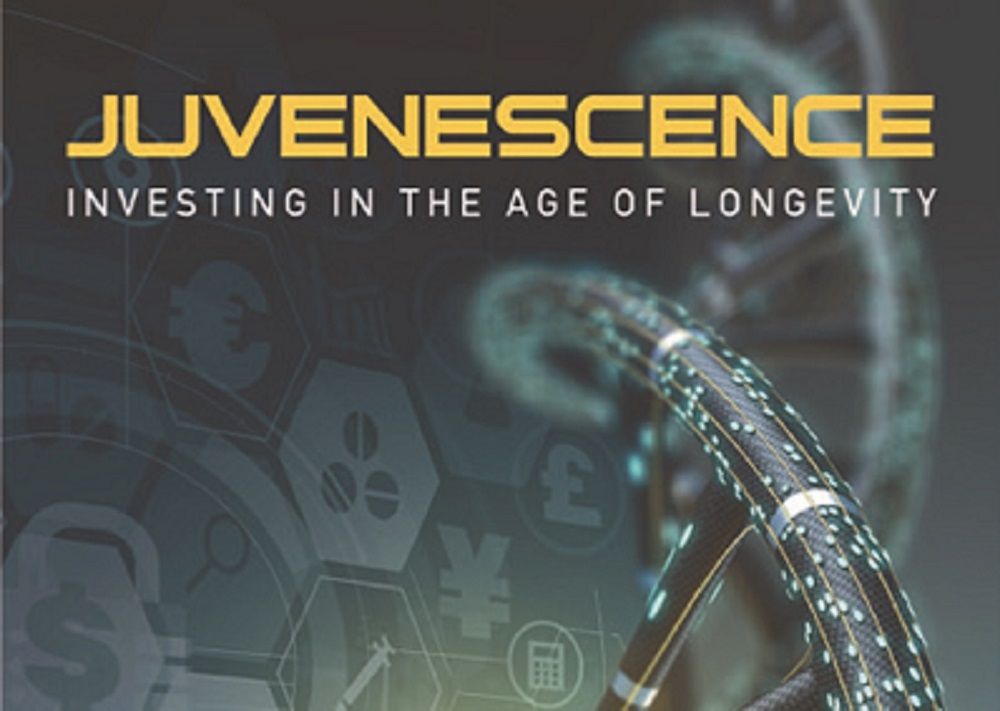This report on the NAD booster nicotinamide mononucleotide (NMN) will definetly be of interest to Lifeboat members.
NAD is the fountain of youth in mice and is boosted by NMN. This report includes highlights of Aug 2017 interview with Dr. David Sinclair, the researcher who discovered that the anti-aging molecule NAD has rejuvenating effects on mice.
Summary: NMN as a NAD-boosting anti-aging drug. Highlights of the August 2017 interview with David Sinclair, the scientist who discovered that the fountain of youth molecule NAD has remarkable rejuvenating effects on mice. The career of David Sinclair follows a link between sirtuins, resveratrol, NAD-boosting anti-aging compound nicotinamide mononucleotide (NMN), and calorie restriction.
Professor David A. Sinclair, Ph.D. has discovered what may be the fountain of youth. The Australian geneticist with the UNSW School of Medical Sciences and Harvard Medical School reported that by boosting NAD, a naturally-occurring compound found in our bodies, he was able to reverse DNA damage and turn elderly mice into energetic young ones.
That’s all fine and well for mice, but when will clinical trials show that NAD-boosting NMN is safe and effective for us humans?
Read more
